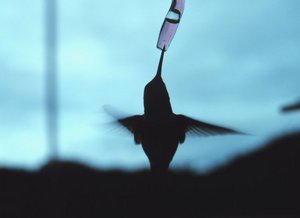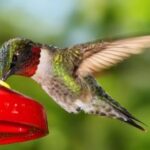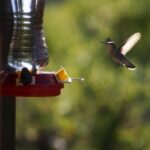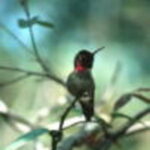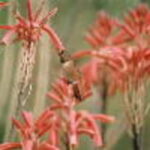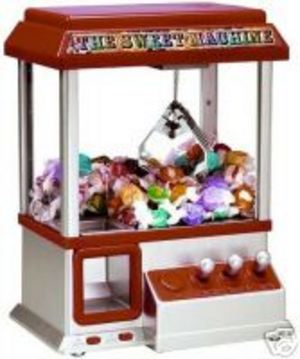When hummingbird watching comes to mind, most people would not think about Illinois as being a state full of these types of opportunities. Even though Illinois is not known for its population of hummingbirds, it does have a few of these beautiful little birds that pay a visit annually. Hummingbird watchers will have the most luck at seeing a Ruby-throated Hummingbird, as they are the most common. Other species of hummingbirds that have been documented in Illinois are the Rufous Hummingbird, the Broad-billed Hummingbird and the Allen’s Hummingbird.
The most commonly seen hummingbird in the state of Illinois is the Ruby-throated Hummingbird. Residents of Illinois often have the opportunity of seeing these small hummingbirds as they feed on nectar from blooming flowers or from feeders. Identifying Ruby-throated Hummingbirds is simple if the hummingbird in question is a male. The males are the more colorful of the sexes. To identify the male Ruby-throated Hummingbird simply look at the neck, a male Ruby-throated Hummingbird will have a “ruby” colored throat. The male also has black feathers covering its face and chin and they have a forked tail. The female Ruby-throated Hummingbird, although not as brightly colored as the male, will have white feathers covering their chins and throats and the white throats will have dark streaking. The female also has a slightly smaller forked tail with white-tipped ends. Both sexes have bills that are thin, long and straight and they have bright green feathers that cover their back and crown, white that cover the under parts and green feathers that cover the flanks.
Identifying the Rufous Hummingbird is much like identifying the Ruby-throated Hummingbird with the males being easier to identify than the females. The male Rufous Hummingbird has rufous colored feathers covering its crown, tail and down its sides. The back of the male Rufous Hummingbird is not as easy to use as an indicator because it can be rufous, green or a combination of rufous and green. The male also has a bright orange-red throat and a white breast. The female Rufous Hummingbird is also similar to its Ruby-throated counterpart in that it is the less colorful of the sexes and it has a green back and crown. It also has a streaked colored throat and rufous tail feathers with white tips.
Identifying the Broad-billed Hummingbird is also similar to the Ruby-throated Hummingbird in that the male is also the most colorful of the sexes with its bright metallic blue throat. The male Broad-billed Hummingbird also has dark green feathers that cover its back and breasts and it has a bright red-orange bill. The same bright red-orange bill as the male identifies the female Broad-billed Hummingbird. The female also has a dark green back and crown, a gray throat and breast and white tipped tail feathers.
Identifying the Allen’s Hummingbird begins with the male, just like the previous species of hummingbirds. The male Allen’s Hummingbird is probably the most colorful hummingbird that has visited Illinois. It has an iridescent coppery-red throat and a metallic bronze-green back. Female Allen’s Hummingbirds have white breasts, white with red spots throats, rounded tails with white tips along with rufous backs and sides.
To attract these species of hummingbirds to a garden in Illinois, a hummingbird enthusiast should grow plants that hummingbirds are attracted to such as Red Trumpet Honeysuckle, Trumpet Vine or Trumpet Creeper, Columbine, Cardinal Flower and Jewelweed. Red Trumpet Honeysuckle grows and blooms best in full sun, but will tolerate some shade. It has the fullest blooms in late spring, but will also bloom sporadically throughout the remainder of the summer and tolerates some shade. Trumpet vine or trumpet creeper is a plant that will grow in any garden. This vine is found in most hummingbird gardens throughout the nation. Columbine is another member of the Illinois hummingbird garden that blooms from late spring to early summer. The Cardinal Flower blooms from early summer to late summer. This plant prefers light shady areas with moist soils. Jewelweed is another summer bloomer. This plant prefers shady areas of the hummingbird garden.
